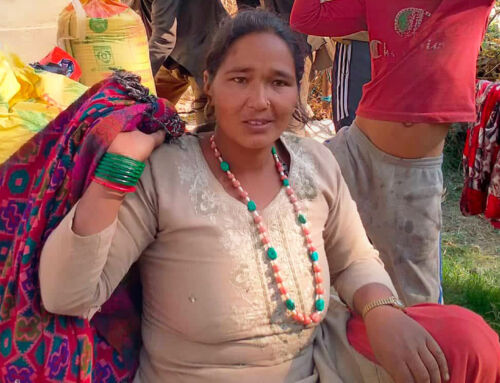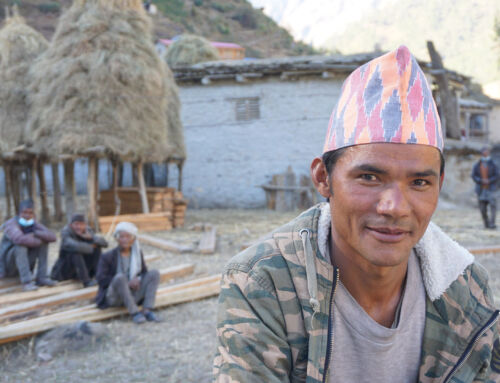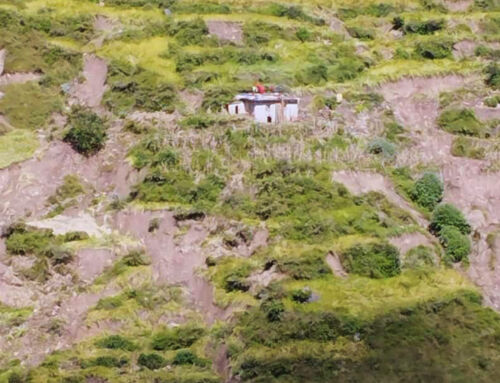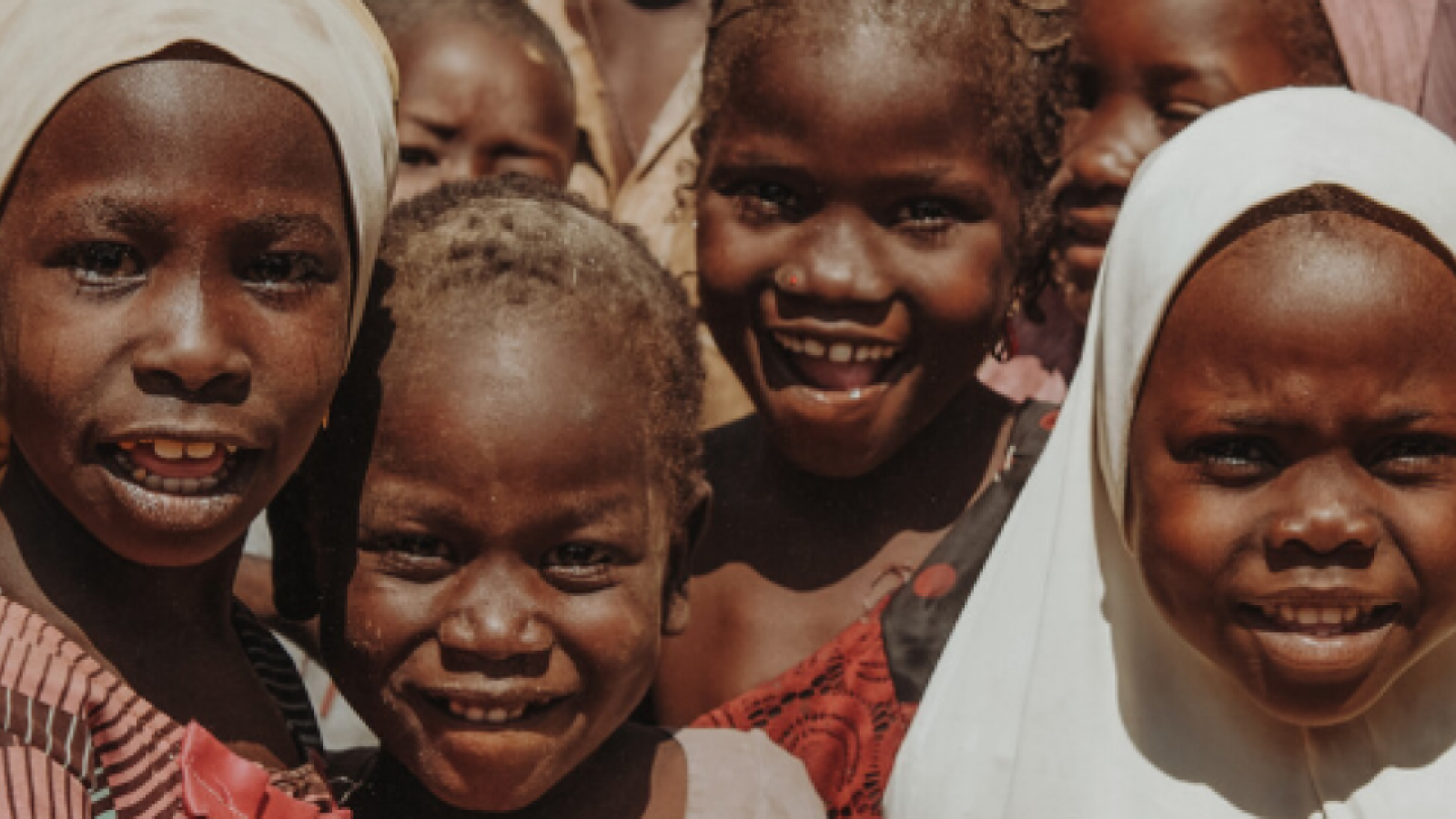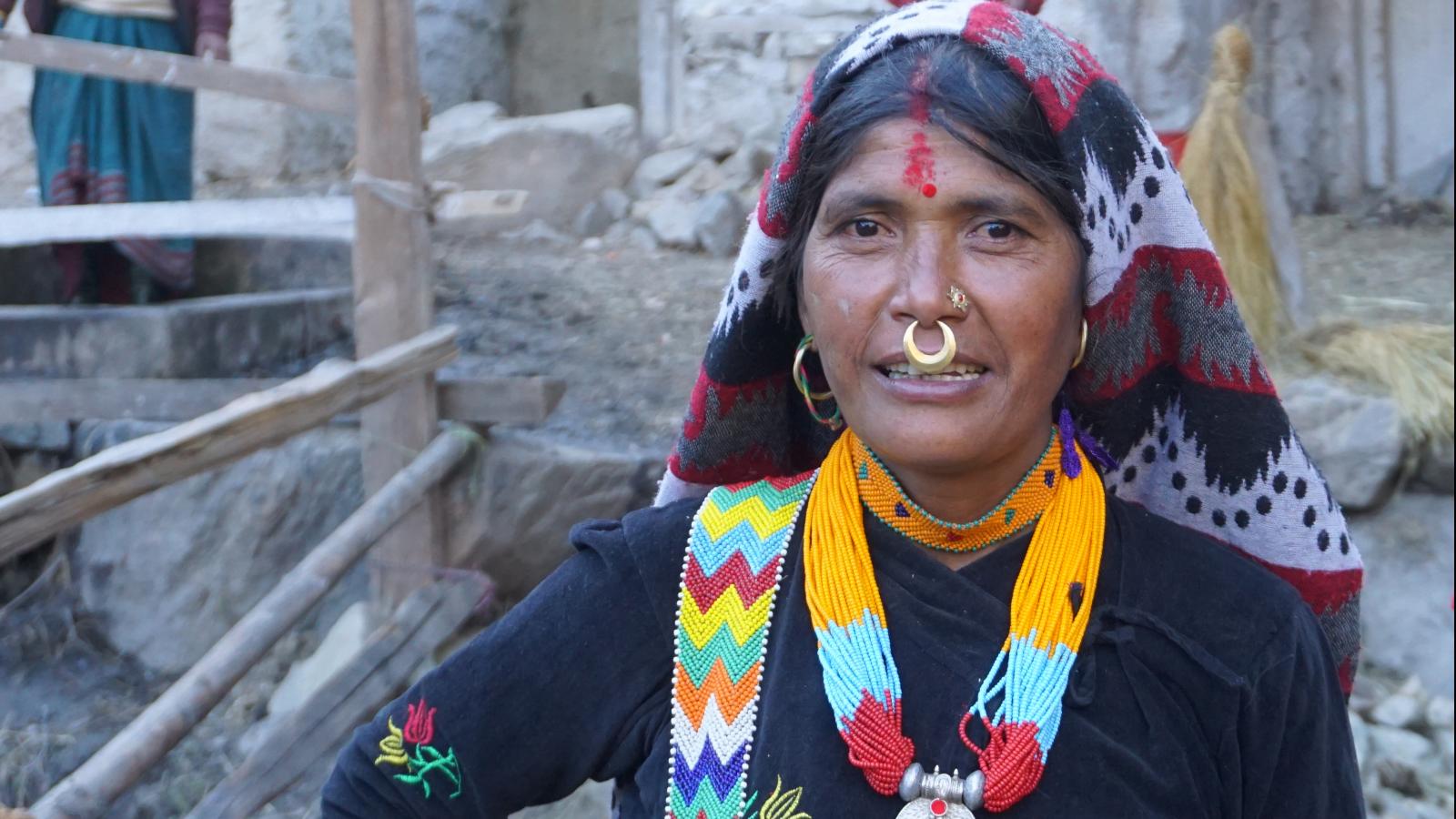It is amazing what a few bags of cement can accomplish in the mountains of Nepal. Hear how they have changed the lives of hundreds of people in the impoverished village of Kalika.21-year-old Padam travels a long distance to work, even though his rice fields are only a few kilometres from his home. Padam has to criss-cross downhill on winding, narrow paths in one of Nepal’s most remote mountain areas in order to reach his fields.
For the past several years, he has not been met with an encouraging sight upon arrival at his fields. A terrible drought has dried out the rice plants and Padam knows he will not be able to feed his wife and son all year round with the few plants that have survived. But recently, several bags of cement have given him hope.
Working hard for the profitNot far from Padam’s fields is a water source that has its origin high up in the mountains. When it has rained, or when the snow on the mountaintops begins to melt, the water source is filled with water which flows past the fields and into the river at the bottom of the mountain. But “past the field” does not help Padam and 89 other farmers in the village who depend on rice and grain for their survival. This is where the cement comes into the picture.
About six months ago Mission East started the process of converting the cement into a solid channel to transfer water from the source to the field a few hundred meters away. “When the irrigation canal is complete, we expect a higher return on our fields,” says Padam and the other men from the village.
They calculate that presently, they work very hard, only to reap a small percentage of what could actually be harvested. “When there is water for the rice, it will be a big step forward for us. Then we can better ensure that our families get something to eat,” say all the men with enthusiasm.
Reclaiming dignityFor generations, men like Padam have been robbed of the proud role of protector and caretaker of the family because of poverty in this area of Nepal. They have had to surrender to the reality of being unable to fully care for their wives and children due to lack of water, knowledge and sufficient food. “We feel more worthy as breadwinners and men, if we can feed our family,” they say. Mission East hopes to give them the opportunity to proudly claim this role once again, with the provision of the new irrigation channel.
The channel, which will irrigate an area of approximately 30,000 m2 (equivalent to 4.5 football fields) is being built by the villagers themselves. In this way, the community members have the opportunity to earn some money or food. At the same time, this participation creates a sense of ownership of the project, which ensures that the villagers will maintain the channel when Mission East moves on to meet needs elsewhere.
February 2009


